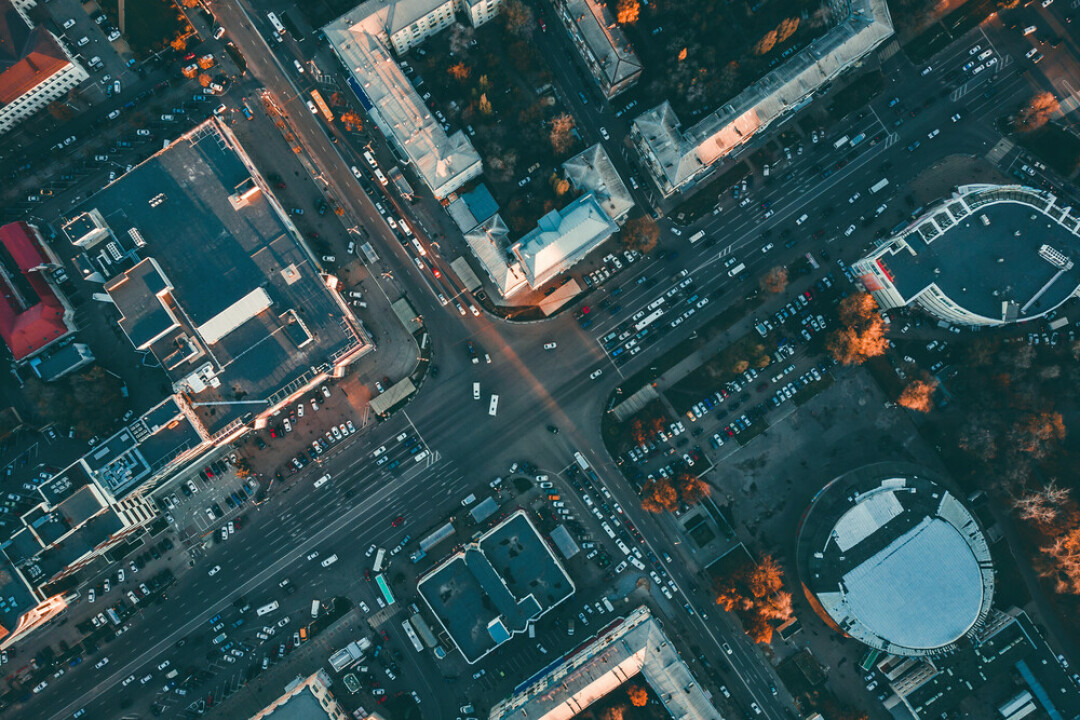Why Are Intersections So Dangerous?
Tuesday Nov. 1st, 2022

Intersections can be one of the most dangerous areas of any roadway. Around 40% of accidents in the U.S. each year occur at intersections. The National Highway Traffic Safety Administration says more than two million crashes at intersections annually. So what is it that makes intersections so dangerous and too-often deadly?
Understanding Intersections
Intersections are needed to connect people who are driving, biking, and walking from one place to another. An intersection is where a road intersects, creating crossing paths. Intersections can also become points of conflict, where many crashes occur.
At an intersection, roads or streets are coming together, and there’s a lot of congestion, signage, distracted drivers, cyclists, and pedestrians, all converging in one place to create a risky situation.
The NHTSA said that almost 96% of crashes at intersections are preventable, and the cause is frequently reported as driver error.
When drivers, pedestrians, and cyclists are at an intersection, they need to be focused at a high level. Everyone who’s in an intersection has to process a lot of things all at the same time, including who’s got the right-of-way, how fast oncoming traffic is coming, whether there are pedestrians at crosswalks, and if there are cyclists at the side of the road or in bike lanes. You also have to be cognizant of cars that are making left turns.
There are three main tasks that are required when driving. The first is control, meaning the operation of your vehicle, and the second is guidance which refers to interaction with other vehicles. The third is navigation, meaning choosing a right to get from one point to the other. All of these tasks mean you need to process a lot of information. If you’re driving and you’re overwhelmed with information, then it can be especially dangerous to you.
Some of the specific reasons that intersections are dangerous include:
• Distracted driving
• Making false assumptions about what other drivers are going to do next
• Engaging in illegal maneuvers
• Misjudgment of someone else’s speed or the amount of gap you have
• Aggressive driving
• Speeding
• Turning when views are obstructed
Because of how intersections are designed and work, a lot of intersection accidents are side-impact collisions. Side-impact collisions are also called T-bone crashes or broadside accidents. Side-impact injuries can be severe, even with airbags, since the sides of a vehicle don’t provide a lot of protection.
Injuries Stemming from Intersection Accidents
If you’re in an accident at an intersection, the injuries can be severe, depending on the impact and specifics of the situation. Injuries can include:
• Fractures and broken bones
• Neck injuries
• Back and spinal cord injuries
• Paralysis
• Loss of limbs
• Traumatic brain injuries
• Soft tissue injuries
• Internal organ damage
Avoiding Intersection Accidents
The best thing to do when recognizing the risk of intersections is to try and avoid putting yourself at an even greater level of danger than what needs to be the case. You can’t control other drivers, but you can control your own behaviors behind the wheel.
To reduce your risk of being involved in an accident at an intersection, remember the following tips:
• Be aware of your surroundings. This is important any time you’re driving, but with so many factors coming together at an intersection, it’s especially important that you’re aware here. Watch all the drivers and other people around you. There are intersections where you might not have full visibility in every direction so be hypervigilant.
• Don’t speed through an intersection. There are often surprises at intersections, even when you try your best to anticipate what other drivers are going to do. More than 8% of intersection crashes are estimated to stem from inaccurate assumptions about the actions of another driver. If you’re speeding, you don’t have time to adjust to an unexpected move by someone else. If the light’s turned yellow, don’t try to speed and get through it.
• Maintain a safe distance. This is always a good rule of thumb, especially at an intersection. Don’t follow any vehicle in front of you too closely because this way, you’re being proactive about safety if there were to be a crash in front of you. When you have extra space, it also gives you a buffer in case someone pulls out in front of you.
• Use your signal. This is the best way to let other drivers know what your intentions are.
Finally, be careful as you enter intersections. This is one of the most important reminders for navigating them. The most dangerous time you can enter an intersection is when the light is yellow, or it’s just turned green. People are trying to beat the light when it’s yellow, and when it’s green, even if you have the right-of-way, you want to assume there’s another driver in the intersection.
| Tweet |